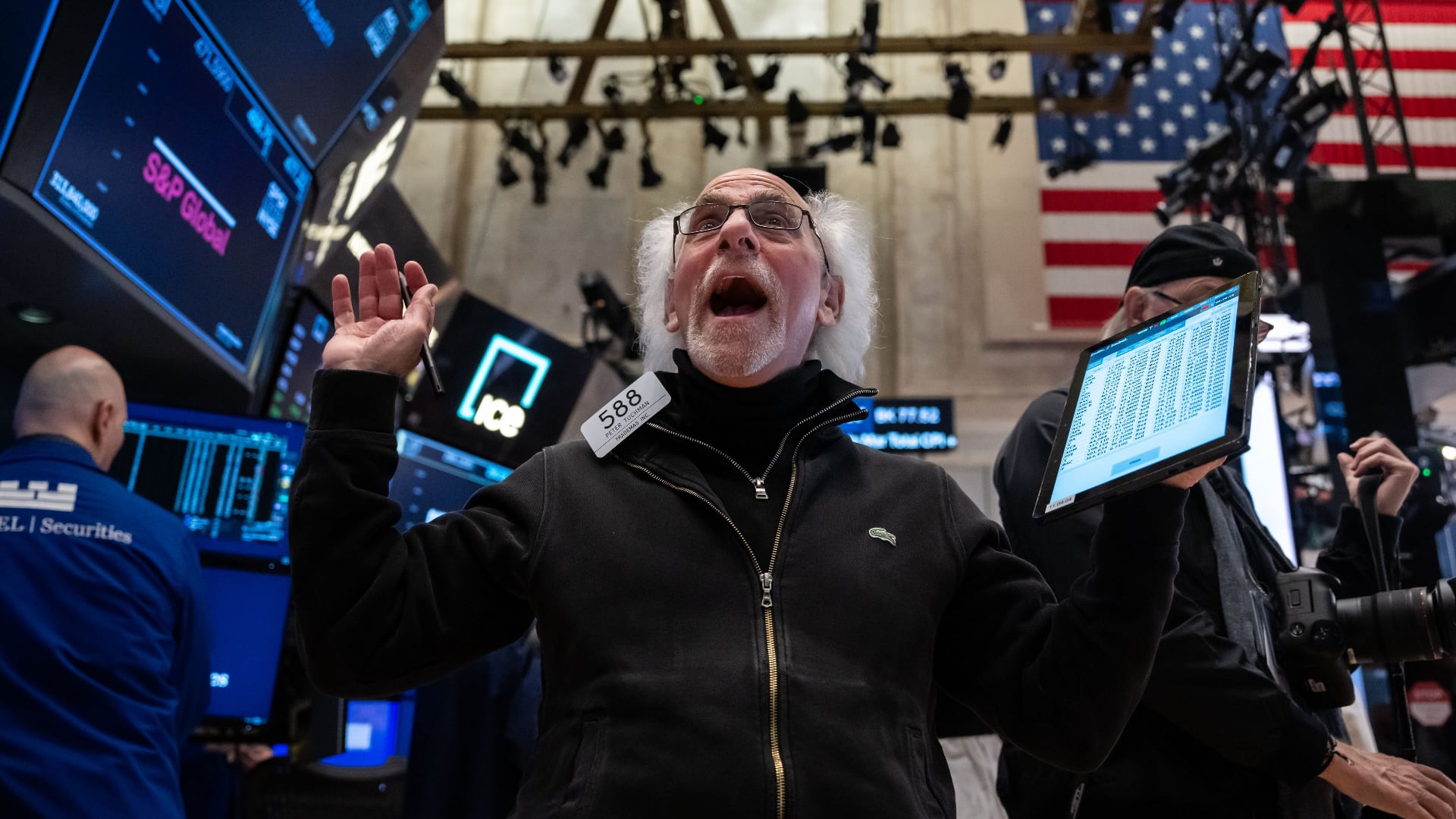OMAHA, Neb. (AP) — Anyone firing up the grill this summer already knows hamburger patties and steaks are expensive, but the latest numbers show prices have climbed to record highs.
And experts say consumers shouldn’t expect much relief soon either.
The average price of a pound of ground beef rose to $6.12 in June, up nearly 12% from a year ago, according to U.S. government data. The average price of all uncooked beef steaks rose 8% to $11.49 per pound.
But this is not a recent phenomenon. Beef prices have been steadily rising over the past 20 years because the supply of cattle remains tight while beef remains popular.
In fact, the U.S. cattle herd has been steadily shrinking for decades. As of Jan. 1, the U.S. had 86.7 million cattle and calves, down 8% from the most recent peak in 2019. That is the lowest number of cattle since 1951, according to the U.S. Department of Agriculture.
Many factors including drought and cattle prices have contributed to that decline. And now the emergence of a pesky parasite in Mexico and the prospect of widespread tariffs may further reduce supply and raise prices.
Here’s a look at what’s causing the price of beef to rise.
Smaller herd
The American beef industry has gotten better at breeding larger animals, so ranchers can provide the same amount of beef with fewer cattle, said David Anderson, a livestock economist at Texas A&M.
Then in 2020, a three-year drought began that dried out pastures and raised the cost of feed for cattle, according to the American Farm Bureau. Drought has continued to be a problem across the West since then, and the price of feed has put more pressure on ranchers who already operate on slim profit margins.
In response, many farmers slaughtered more female cattle than usual, which helped beef supplies in the short term but lowered the size of future herds. Lower cattle supplies has raised prices.
In recent years cattle prices have soared, so that now animals are selling for thousands of dollars apiece. Recent prices show cattle selling for more than $230 per hundredweight, or hundred pounds.
Those higher prices give ranchers more incentive to sell cows now to capture profits instead of hanging onto them for breeding given that prices in the years ahead may decrease, Anderson said.
“For them, the balance is, ‘Do I sell that animal now and take this record high check?’ Or ‘do I keep her to realize her returns over her productive life when she’s having calves?’” Anderson said. “And so it’s this balancing act and so far the side that’s been winning is to sell her and get the check.”
Disease dilemma
The emergence of a flesh-eating pest in cattle herds in Mexico has put extra pressure on supply because officials cut off all imports of cattle from south of the border last year. Some 4% of the cattle the U.S. feeds to slaughter for beef comes from Mexico.
The pest is the New World screwworm fly, and female flies lay eggs in wounds on warm-blooded animals. The larvae that hatch are unusual among flies for feeding on live flesh and fluids instead of dead material. American officials worry that if the fly reaches Texas, its flesh-eating maggots could cause large economic losses as they did decades ago before the U.S. eradicated the pest.
Agricultural economist Bernt Nelson with the Farm Bureau said the loss of that many cattle is putting additional pressure on supply that is helping drive prices higher.
Tariff trouble
President Donald Trump’s tariffs have yet to have a major impact on beef prices but they could be another factor that drives prices higher because the U.S. imports more than 4 million pounds of beef every year.
Much of what is imported is lean beef trimmings that meatpackers mix with fattier beef produced in the U.S. to produce the varieties of ground beef that domestic consumers want. Much of that lean beef comes from Australia and New Zealand that have only seen a 10% tariff, but some of it comes from Brazil where Trump has threatened tariffs as high as 50%.
If the tariffs remain in place long-term, meat processors will have to pay higher prices on imported lean beef. It wouldn’t be easy for U.S. producers to replace because the country’s system is geared toward producing fattier beef known for marbled steaks.
Prices will likely stay high
It’s the height of grilling season and demand in the U.S. for beef remains strong, which Kansas State agricultural economist Glynn Tonsor said will help keep prices higher.
If prices remain this high, shoppers will likely start to buy more hamburger meat and fewer steaks, but that doesn’t appear to be happening broadly yet — and people also don’t seem to be buying chicken or pork instead of beef.
Nelson said that recently the drought has eased — allowing pasture conditions to improve — and grain prices are down thanks to the drop in export demand for corn because of the tariffs. Those factors, combined with the high cattle prices might persuade more ranchers to keep their cows and breed them to expand the size of their herds.
Even if ranchers decided to raise more cattle to help replace those imports, it would take at least two years to breed and raise them. And it wouldn’t be clear if that is happening until later this fall when ranchers typically make those decisions.
“We’ve still got a lot of barriers in the way to grow this herd,” Nelson said. Just consider that a young farmer who wants to add 25 bred heifers to his herd has to be prepared to spend more than $100,000 at auction at a time when borrowing costs remain high.
There is typically a seasonal decline in beef prices as grilling season slows down into the fall, but those price declines are likely to be modest.
___
Associated Press writer Dee-Ann Durbin contributed to this report from Detroit.









